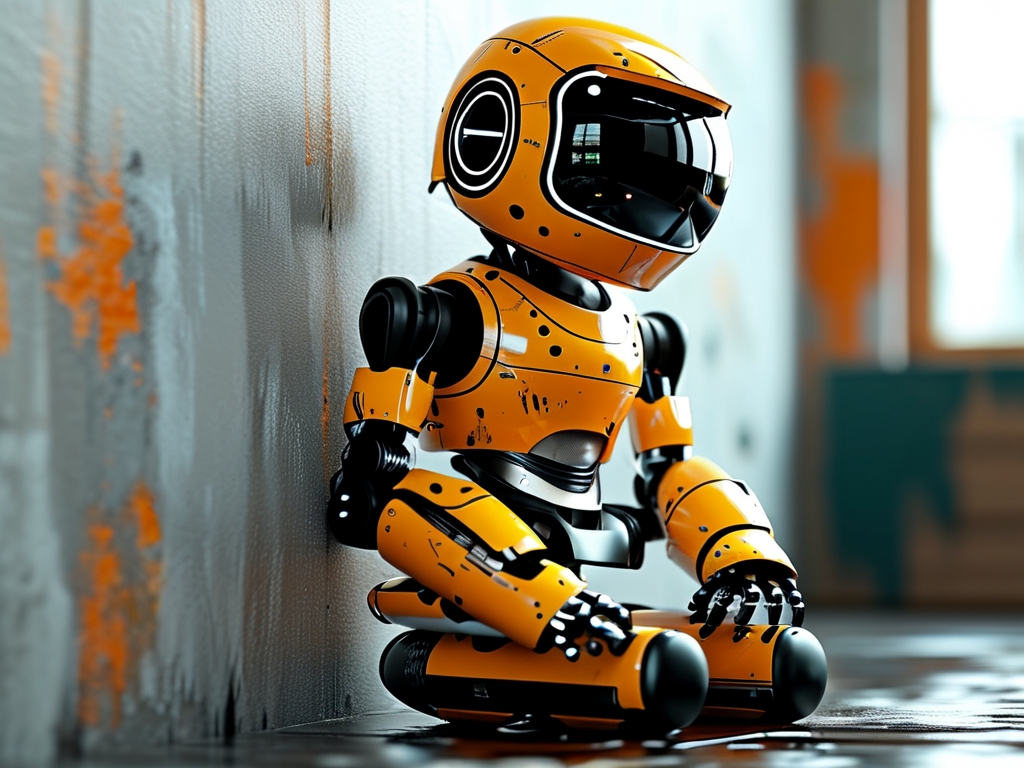In the evolving landscape of digital product design, a recurring debate centers on whether interaction designers should take ownership of motion design. As animations and micro-interactions become integral to modern user experiences, this question carries significant implications for team workflows, skill development, and design quality. Let’s examine why motion matters in UX, the arguments for and against interaction designers creating animations, and practical considerations for professionals navigating this space.
The Growing Importance of Motion in UX
Motion design is no longer just decorative—it serves critical functional purposes:
- Cognitive Guidance: Animations help users understand spatial relationships between elements (e.g., a sliding menu revealing hierarchy).
- Feedback Systems: Micro-interactions confirm actions, like a button depression effect when clicked.
- Personality Expression: Loading animations or transition styles reinforce brand identity.
- Error Prevention: Scroll-triggered animations can gently nudge users toward correct interactions.
A Google Material Design study found that properly implemented animations reduce user errors by 23% and increase task completion speed by 17%.
Why Interaction Designers Should Engage with Motion
-
Holistic Problem-Solving
Interaction designers who understand motion can prototype transitions that align with user flow logic. For example, designing a mobile onboarding sequence requires timing animations to match progressive disclosure patterns. -
Improved Collaboration
When interaction designers speak the language of motion (e.g., easing curves, duration values), they collaborate more effectively with developers. The Lottie ecosystem shows how designers who understand animation JSON structures bridge the design-dev gap. -
Strategic Implementation
Motion isn’t about adding "flashy" effects but solving UX problems. An interaction designer creating a data dashboard might use staggered chart animations to direct attention sequentially—a decision rooted in cognitive load theory. -
Tool Convergence
Modern design tools like Figma and ProtoPie now integrate animation capabilities, making motion design more accessible. Design systems increasingly include motion guidelines alongside color and typography.
Counterarguments: When Specialization Matters
-
Time vs. Expertise
Mastering advanced animation tools like After Effects requires significant investment. A survey by UX Tools (2023) revealed that 68% of interaction designers spend less than 20% of their time on motion work, questioning the ROI of deep specialization.
-
Performance Considerations
Poorly optimized animations can harm accessibility and load times. Motion specialists better understand technical constraints (e.g., CSS vs. JavaScript animations). -
Team Scalability
In large organizations like Meta or Microsoft, dedicated motion designers ensure consistency across products. Airbnb’s Lottie team, for instance, maintains animation libraries used by multiple product teams.
A Balanced Approach: The "T-Shaped" Designer
The solution may lie in adopting a tiered skill model:
- Foundation: All interaction designers should understand motion principles (timing, easing, choreography) and create basic prototypes.
- Specialization: Complex animations (3D transforms, physics-based interactions) should involve collaboration with motion experts.
Tools like Rive allow designers to create production-ready animations without coding, while partnerships with engineers ensure technical feasibility.
Case Study: Duolingo’s Gamification
Duolingo’s interaction designers work closely with motion artists to create celebratory animations for learning milestones. The interaction team defines when and why animations occur (behavioral psychology), while motion specialists refine the visual execution. This collaboration increased user retention by 12% in A/B tests.
Future Trends
Emerging technologies will deepen the motion-design relationship:
- AR/VR: Spatial interactions demand motion design literacy.
- AI-Assisted Tools: Platforms like Spline enable rapid 3D animation creation.
- Accessibility Standards: WCAG 2.2 includes guidelines for motion reduction preferences.
While interaction designers need not become animation experts, dismissing motion design entirely risks creating disjointed experiences. The modern practitioner should:
- Prototype basic animations to communicate intent
- Understand technical constraints (e.g., render times)
- Collaborate strategically with specialists
- Advocate for motion that serves usability first
As Jakob Nielsen notes: "Animation should be like a good butler—present when needed, invisible otherwise." By embracing motion as a functional design tool rather than an artistic add-on, interaction designers can create more intuitive, emotionally resonant products.



